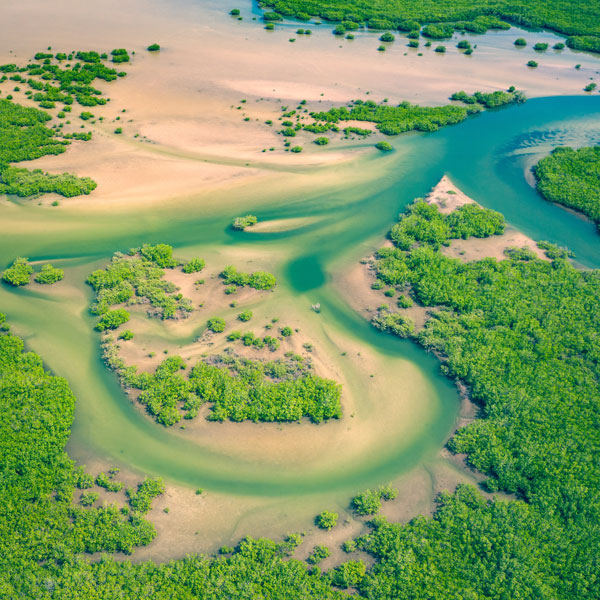A new review by marine experts has revealed the locations, primary sources of funding and beneficiaries of large-scale marine and coastal restoration efforts taking place around the world.
The report, Endangered Seascapes: Progress, needs and opportunities for seascape restoration focuses on large, “seascape”-scale projects, recognising the importance of integrated approaches to the use and conservation of coastal and marine socio-ecological systems.
The report and accompanying database are both available online for free and contain a high-level analysis marine restoration work undertaken from 2015-2022. Restoration practitioners, reserve managers and others can explore projects as well as their purpose, location and implementing partners.
Coral reefs, mangroves and seagrass beds the most frequent habitat restored
The report, authored by experts from the UN Environment Programme World Conservation Monitoring Centre (UNEP-WCMC), also details potential sites for seascape restoration to aid funders and others in identifying areas of opportunity.
The researchers found that EUR3.35 billion has been invested in seascape restoration from 2015, across 237 projects. Coral reefs were the most frequent habitat targeted for restoration, followed by mangroves and seagrass beds. However, mangroves received the greatest proportion of the funding. The highest number of projects were found in Western Europe, however, the Asia-Pacific region received the largest amount of funding.
Photo by Curioso Photography
Key insights from the research include:
- There is steady growth in the number of large-scale coastal and marine restoration projects around the globe, with an increase in the number of projects from 75 in 2015 to 118 in 2022.
- The majority of projects had multiple goals (53 per cent), with biodiversity conservation being the most common (88 per cent of projects) and most funded, accounting for EUR3.1 billion of committed funds. This was followed by climate change adaptation (24 per cent of projects), while a smaller proportion explicitly mentioned climate change mitigation or research (17 per cent respectively).
- Active restoration, such as the planting of seedlings, was the most commonly reported method used to restore degraded and lost habitats. However, this pattern may reflect the fact that many area-based management tools – like marine protected and conserved areas and fisheries closures – are often not referred to as forms of “restoration” in academic literature.
Read the full report and explore the Global Marine Restoration Database
